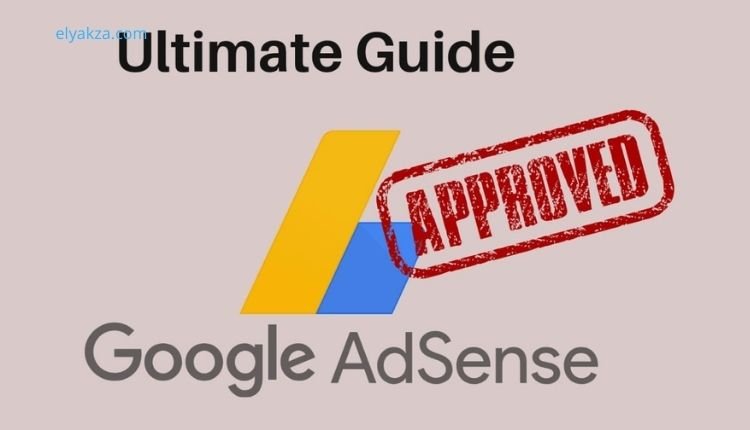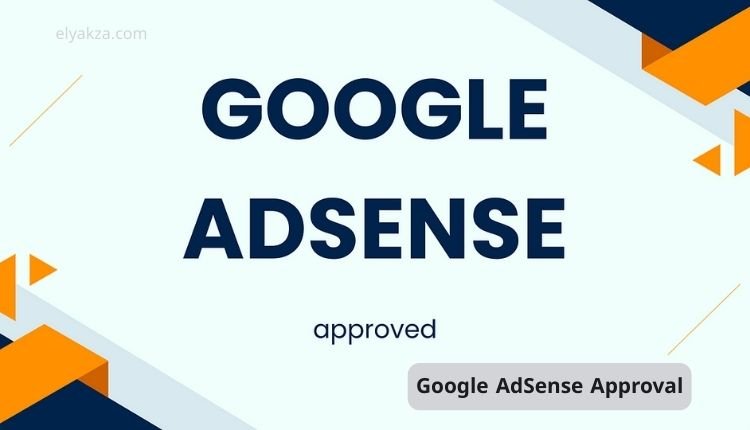Applying for Google AdSense can be a daunting task, especially for new bloggers and website owners. Understanding the requirements and preparing your site accordingly is crucial to avoid rejection. In this article, we will discuss ten essential tips that will help you ensure your website is AdSense-ready. By following these guidelines, you can significantly increase your chances of getting approved.
قائمة المحتويات
1. Create Social Media Pages
One of the first steps you should take is to establish social media pages for your blog. This is particularly important for new bloggers who may not yet have significant traffic. Social media platforms like Facebook, Instagram, and Twitter can help you build an audience and drive traffic to your website.
Having a presence on multiple social media networks adds authenticity to your site. When potential visitors search for your website, they will see your social media profiles, which can enhance your credibility. This is a simple yet effective way to show that you are serious about your online presence.
2. Remove Annoying Pop-ups and Distractions
When starting out, many new bloggers make the mistake of adding distracting elements to their websites, such as pop-ups and notifications. If your website is new and lacks authority, these distractions can deter visitors rather than attract them.
Instead, focus on creating a clean and user-friendly interface.
- Avoid unnecessary notifications and ads that could lead to a negative user experience.
- Ensure that your website layout is simple and easy to navigate.
A clean website will not only appeal to visitors but also to Google when they review your AdSense application.
3. Ensure High-Quality Content

Content is king when it comes to Google AdSense approval. Aim to have at least 20 to 30 high-quality blog posts on your website before applying. Each post should be well-researched, original, and at least 1,000 words long.
Avoid using AI-generated content or thin content, as Google is becoming increasingly adept at identifying such material. Write in a conversational tone, as if you are speaking to a friend, and include images or infographics to enhance your articles.
- This will improve user engagement.
- It will demonstrate your expertise in your niche.
4. Structure Your Website Properly
A well-structured website is essential for both user experience and SEO. Ensure that your site includes essential pages such as:
- About page
- Contact page
- Privacy Policy
- Terms and Conditions
Additionally, create at least four to five category pages to organize your content effectively. This will help visitors navigate your site easily and will also make it easier for Google to index your pages.
5. Optimize Menus and Categories
Your website’s menu should clearly reflect its content. Avoid cluttering the main menu with legal pages; instead, place these in the footer. The main menu should highlight your primary categories and make it easy for visitors to find what they are looking for.
A well-organized menu not only improves user experience but also adds significant SEO value to your site.
- Ensure that all links are functional.
- Make sure links lead to relevant content.
6. Focus on Website Design and User Experience

Invest time in creating an appealing website design. Avoid using default themes that may not represent your brand well. A well-designed homepage can make a significant difference in how visitors perceive your site.
Consider using a lightweight theme and customizing it to reflect your brand identity. A visually appealing website will encourage visitors to stay longer and explore your content, which can positively impact your AdSense approval chances.
7. Eliminate Content That Could Lead to Rejection
Be cautious about the type of content you publish. Avoid copyrighted material, adult content, or anything that could be deemed inappropriate. Additionally, ensure that any images you use are high-quality and free of spelling mistakes.
Google is strict about the quality of content on websites applying for AdSense, and any violations could lead to rejection. Always strive for professionalism in your content.
8. Optimize for Mobile Devices
With the increasing use of mobile devices, it is crucial to ensure that your website is mobile-friendly. Use tools to check how your site appears on mobile devices and make necessary adjustments.
Google prioritizes mobile-friendly websites, so ensure that your site is responsive and easy to navigate on smaller screens. A poor mobile experience can significantly hinder your chances of AdSense approval.
9. Improve Website Speed
Website speed is another critical factor that can affect your AdSense application. A slow-loading website can frustrate users and lead to high bounce rates. Use tools like Google PageSpeed Insights to analyze your site’s speed and identify areas for improvement.
- Aim for a loading time of under three seconds.
- Optimize images.
- Reduce the number of plugins.
- Consider using a caching plugin to enhance your site’s performance.
“Read Also: Google Ads in the Map Pack“
10. Submit an XML Sitemap and Monitor Errors
Finally, ensure that you have an XML sitemap submitted to Google Search Console. This will help Google crawl and index your site more efficiently.
Regularly check for errors in Google Search Console and resolve any issues that may prevent your pages from being indexed. A well-optimized site with no errors will significantly improve your chances of AdSense approval.
“Read Also: How to Run Google Ads“
Google AdSense Approval: the Conclusion
By following these ten essential tips, you can prepare your website for Google AdSense approval and increase your chances of success. Remember that patience is key; it may take time to see results.
Keep updating your content and engaging with your audience on social media to build your site’s authority. If you have any questions or need further assistance, feel free to leave a comment below. Good luck with your AdSense application.
David Elon is a writer focused on Google services and tools, offering practical guides and tutorials on how to maximize the potential of platforms like Google Ads, Google Analytics, Google Drive, and Google Workspace.
Through his content, David helps readers—from beginners to professionals—understand how to use Google’s ecosystem efficiently for both personal productivity and business growth. He covers tips, best practices, and case studies that make the most out of Google’s features.
David’s approach combines technical know-how with easy-to-follow instructions, making his work a trusted resource for entrepreneurs, marketers, and students alike. His passion lies in enabling users to harness the full power of Google’s tools to achieve their goals.

